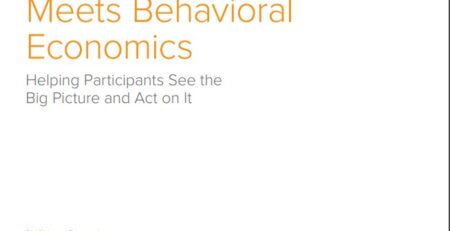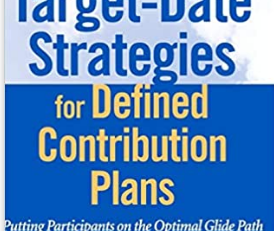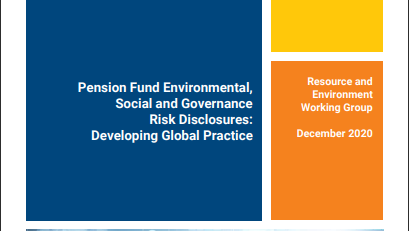Active Investment Decisions of Members in the Chilean DC Pension System: Performance and Learning over time
By Olga Fuentes, Pamela Searle & Félix Villatoro
This paper studies the investment decisions of members of the Chilean DC pension System using administrative data. Since 2002, members of the system have had the opportunity to choose between five different types of funds. However they have made little voluntary changes. This reinforces the importance of establishing adequate default investment allocations for affiliates. We characterize and study the performance of those affiliates that make changes and find that they are mostly men and are wealthier. These findings are supported by our non-parametric and regression analysis and are consistent with findings of previous studies. We also find that those affiliates that make fund changes generally display a poor performance, whether measured against pension funds, passive strategies and default strategies. Results indicate that 37.8% of all affiliates with voluntary transfers obtained a lower performance than the worst return obtained by a pension fund (fund A) over the period 2008-2013. Moreover, only 1.3% of individuals outperformed fund E, the refuge fund during the financial crisis of 2008. Furthermore we find that those who outperform don’t have significantly better market timing abilities than the worst performers. Instead, the former tend to increase equity exposure during market turmoil, while the latter reduce their equity
exposure. Regarding the presence of learning in investment decisions, rather than refining their market timing abilities, the affiliates who improve their investment performance during the period under study do so by keeping steady equity exposures in periods of high volatility instead of lowering their exposures.
Read the full paper in NETSPAR










